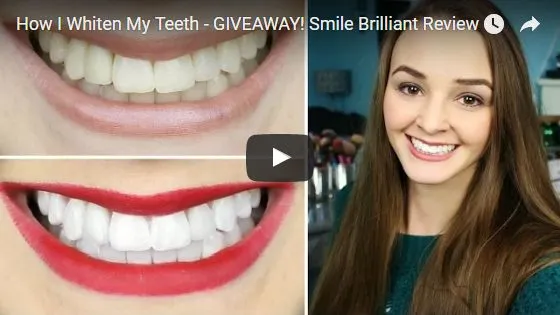What is Teeth Whitening at Home?
Teeth whitening at home has become increasingly popular as people seek convenient and affordable ways to enhance their smiles. Unlike professional treatments, which are performed by dentists, at-home methods empower individuals to take control of their teeth’s appearance from the comfort of their own homes. This approach offers a range of options, from simple over-the-counter products to more involved systems, allowing for customization based on individual needs and preferences. The primary goal remains consistent: to reduce stains and discoloration, ultimately revealing a brighter, more confident smile. The effectiveness and suitability of different methods vary, highlighting the importance of understanding the available choices and making informed decisions.
The Science Behind Teeth Whitening
Teeth whitening works by employing specific chemicals to break down stains and discoloration on the surface of the teeth, and sometimes deeper within. The most common active ingredient in whitening products is hydrogen peroxide or carbamide peroxide. These compounds penetrate the enamel and dentin, the layers of the tooth, to oxidize the stain molecules. This oxidation process alters the structure of the stain molecules, breaking them down into smaller, less visible components. The concentration of the active ingredient, the duration of treatment, and the method of application all play a significant role in the final outcome of the teeth whitening process. The goal is to lighten the shade of the teeth, restoring a natural or even brighter appearance.
5 Proven Methods for Teeth Whitening at Home
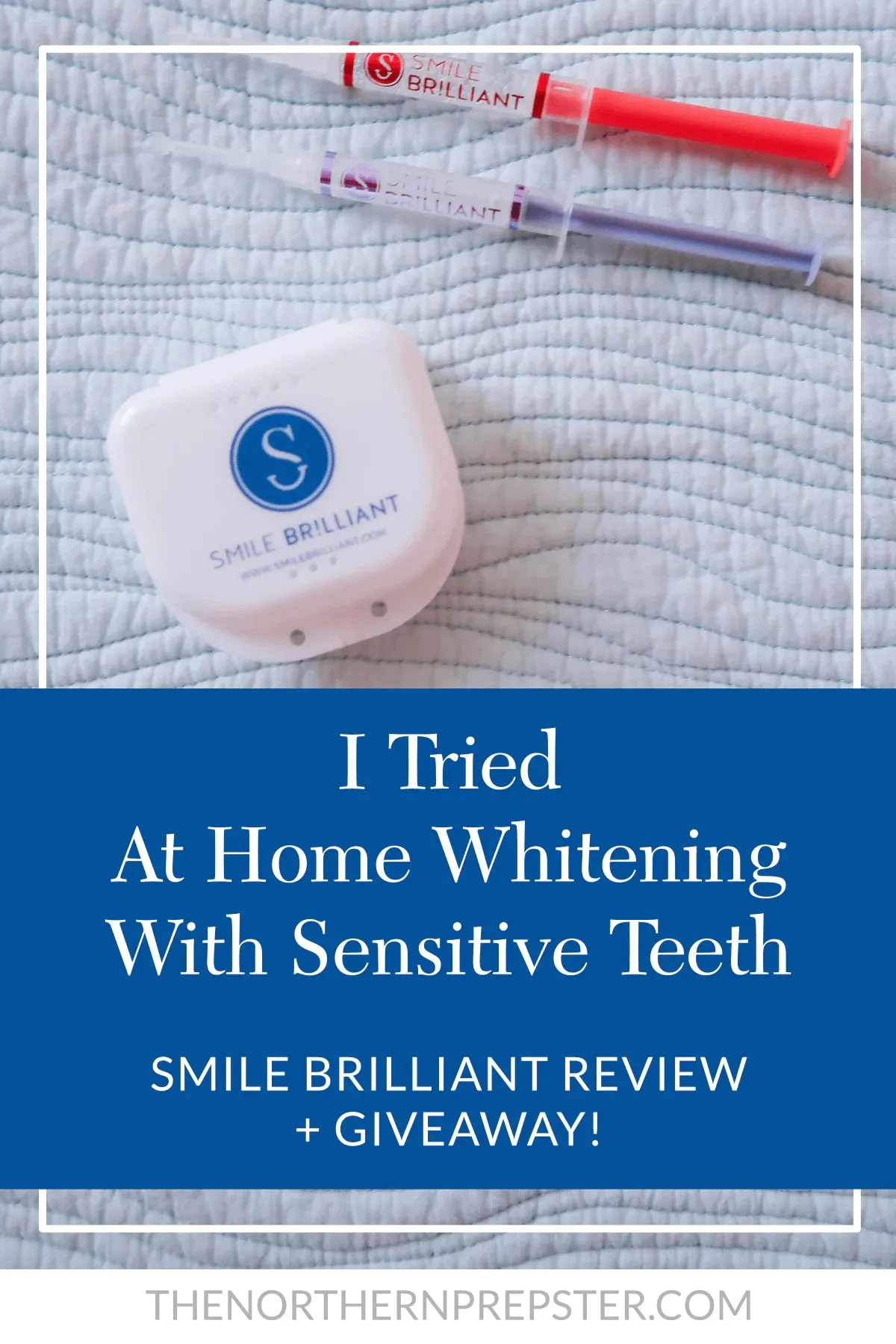
Several methods have proven effective for teeth whitening at home, each with its own advantages and limitations. The best approach depends on factors such as the severity of the staining, the desired level of whitening, and individual sensitivity. Understanding the various techniques and their mechanisms is crucial for selecting the most suitable option. From the simplicity of whitening toothpastes to the more involved custom tray systems, the following methods offer a range of choices to suit different preferences and budgets. Careful consideration of the potential benefits and drawbacks of each method will help ensure a safe and successful teeth whitening experience.
Whitening Method 1: Whitening Toothpastes
Whitening toothpastes are among the most accessible and user-friendly options for teeth whitening at home. These toothpastes typically contain mild abrasives or chemical agents that help remove surface stains. They are designed for daily use as part of your regular oral hygiene routine, making them a convenient choice for those looking for a gradual whitening effect. While they are generally less potent than other methods, whitening toothpastes can be effective in removing everyday stains caused by food and drinks. The choice of whitening toothpaste depends on individual preferences, sensitivity, and the types of stains you’re trying to address.
How Whitening Toothpastes Work
Whitening toothpastes work through a combination of mechanical and chemical action. The abrasive particles, such as hydrated silica or calcium carbonate, gently scrub the tooth surface to remove surface stains. Simultaneously, chemical agents like low concentrations of hydrogen peroxide may help lighten the enamel. The abrasives are designed to be gentle enough to avoid damaging the enamel while effectively removing stains. Consistent use over time can result in a noticeable improvement in the brightness of your teeth, though the degree of whitening may be limited compared to other methods.
Benefits and Limitations

The primary benefit of whitening toothpastes is their convenience and affordability. They are readily available and integrate easily into your existing oral care routine. They are generally safe for daily use and can help maintain a bright smile by removing surface stains. The major limitation is the extent of whitening achieved; they are not as effective for deeper or more stubborn stains. The results are often subtle and may not be sufficient for those seeking dramatic changes. Also, some whitening toothpastes can cause increased sensitivity in some individuals. Overall, these are best for maintenance and mild stain removal.
Whitening Method 2: Over-the-Counter Whitening Strips
Over-the-counter whitening strips are a popular and effective method for teeth whitening at home. These flexible strips are coated with a peroxide-based whitening agent and designed to be applied directly to the teeth. They are easy to use, relatively affordable, and can provide noticeable results within a few weeks of consistent use. Whitening strips are available in various formulations, including different concentrations of the active ingredient and different application durations. The ease of use and visible outcomes make them a good option for many looking to improve their smile.
How Whitening Strips Work
Whitening strips work by adhering to the teeth and delivering a concentrated dose of hydrogen peroxide or other whitening agents directly to the enamel surface. The strips are designed to conform to the shape of the teeth, ensuring even contact with the whitening agent. The peroxide penetrates the enamel and dentin, breaking down stain molecules and lightening the tooth shade. The duration of the treatment and the concentration of the peroxide influence the degree of whitening achieved. Consistent use, following the manufacturer’s instructions, is key to maximizing results.
Pros and Cons

Whitening strips offer several advantages, including ease of use, affordability, and relatively fast results. Many users see a noticeable improvement in the brightness of their teeth within a few weeks. They are readily available in drugstores and online. However, there are also potential drawbacks. Some users experience temporary tooth sensitivity or gum irritation. The strips may not effectively whiten teeth with deep stains, fillings, or crowns. Also, the fit of the strips may not be ideal for everyone, and they may not reach all areas of the teeth evenly. When choosing, it is crucial to consider your sensitivity level and the specific needs of your teeth.
Whitening Method 3: Whitening Pens
Teeth whitening pens provide a convenient and portable way to touch up your smile on the go. These pens contain a whitening gel, typically hydrogen peroxide-based, that is applied directly to the teeth with a brush or applicator. Whitening pens are easy to use, requiring minimal effort, and can be carried in a purse or pocket for quick applications. They’re often used to maintain the results of other whitening treatments or for spot treatments. The effectiveness depends on the formula, usage frequency, and the type of stains being addressed.
How Whitening Pens Work
Whitening pens work similarly to other peroxide-based treatments. The whitening gel is applied to the surface of the teeth, where it penetrates the enamel and breaks down stain molecules. The concentration of hydrogen peroxide in these pens can vary, affecting the speed and extent of whitening. The gel is usually left on the teeth for a specific time, as indicated by the product instructions. The application is typically done several times a day, but it is essential to follow the manufacturer’s instructions for optimal and safe results.
Effectiveness and Usage
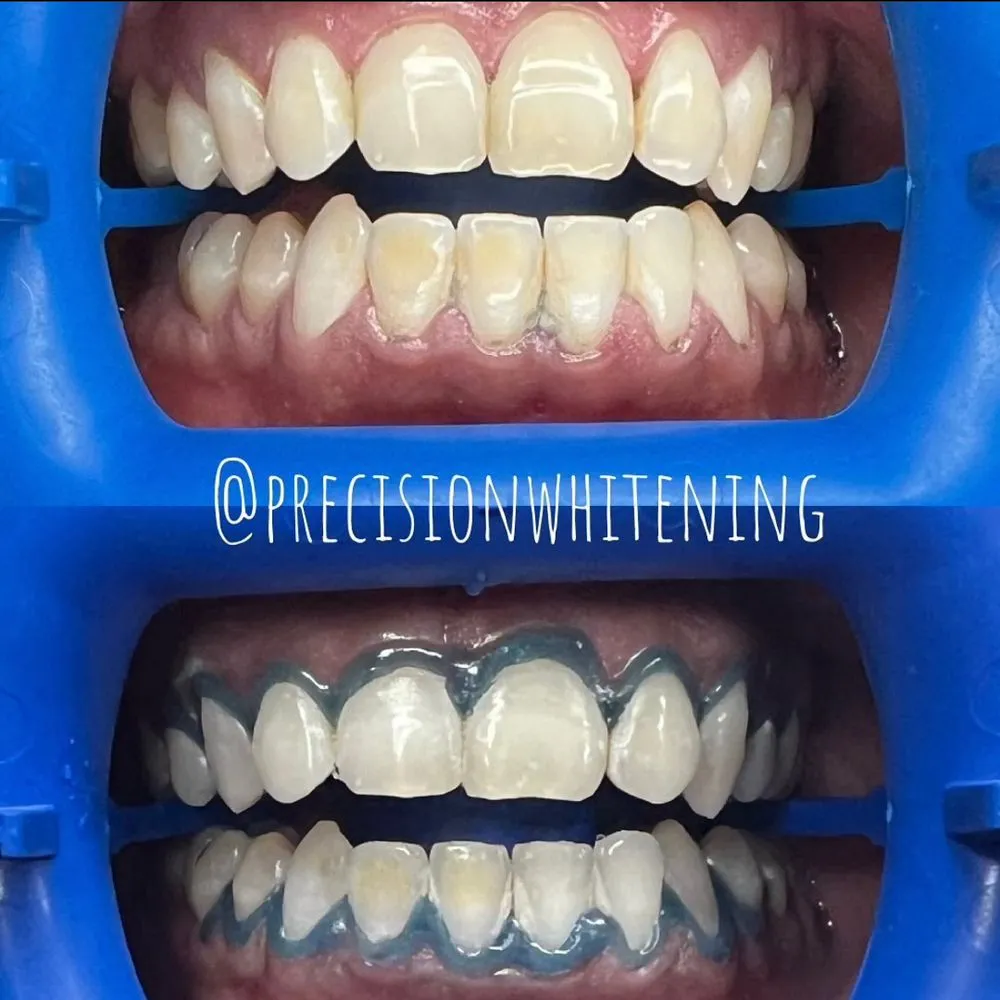
Whitening pens are effective for treating surface stains and can provide a subtle whitening effect. They’re particularly useful for maintaining a bright smile after other treatments or for addressing minor discoloration. However, they might not be sufficient for deeper, more intrinsic stains. For best results, it’s crucial to apply the gel evenly to each tooth, avoiding contact with the gums to minimize irritation. Regular use, as recommended by the product instructions, is usually necessary to achieve and maintain the desired results. Because they are portable, they can be used at any time and anywhere.
Whitening Method 4: Custom Tray Systems
Custom tray systems are one of the most effective methods for home teeth whitening, offering a more personalized approach than over-the-counter options. These systems involve creating custom-fitted trays based on impressions of your teeth. The trays are designed to fit snugly and hold a whitening gel, typically a hydrogen peroxide-based solution, against the teeth. Custom trays allow for more even coverage and can reduce the chance of the whitening agent coming into contact with the gums. The process usually involves a dentist, who will make the impressions and provide guidance on the treatment.
How Custom Tray Systems Work
The process starts with your dentist taking impressions of your teeth, from which custom trays are fabricated. You then receive a whitening gel, which you apply to the trays and wear for a prescribed amount of time each day. The custom fit ensures optimal contact between the whitening gel and your teeth, maximizing the effectiveness of the treatment. Over several weeks, the hydrogen peroxide penetrates the enamel and dentin, oxidizing stain molecules and lightening your teeth. Custom trays offer a more controlled and effective approach to teeth whitening compared to many over-the-counter methods.
Advantages and Disadvantages
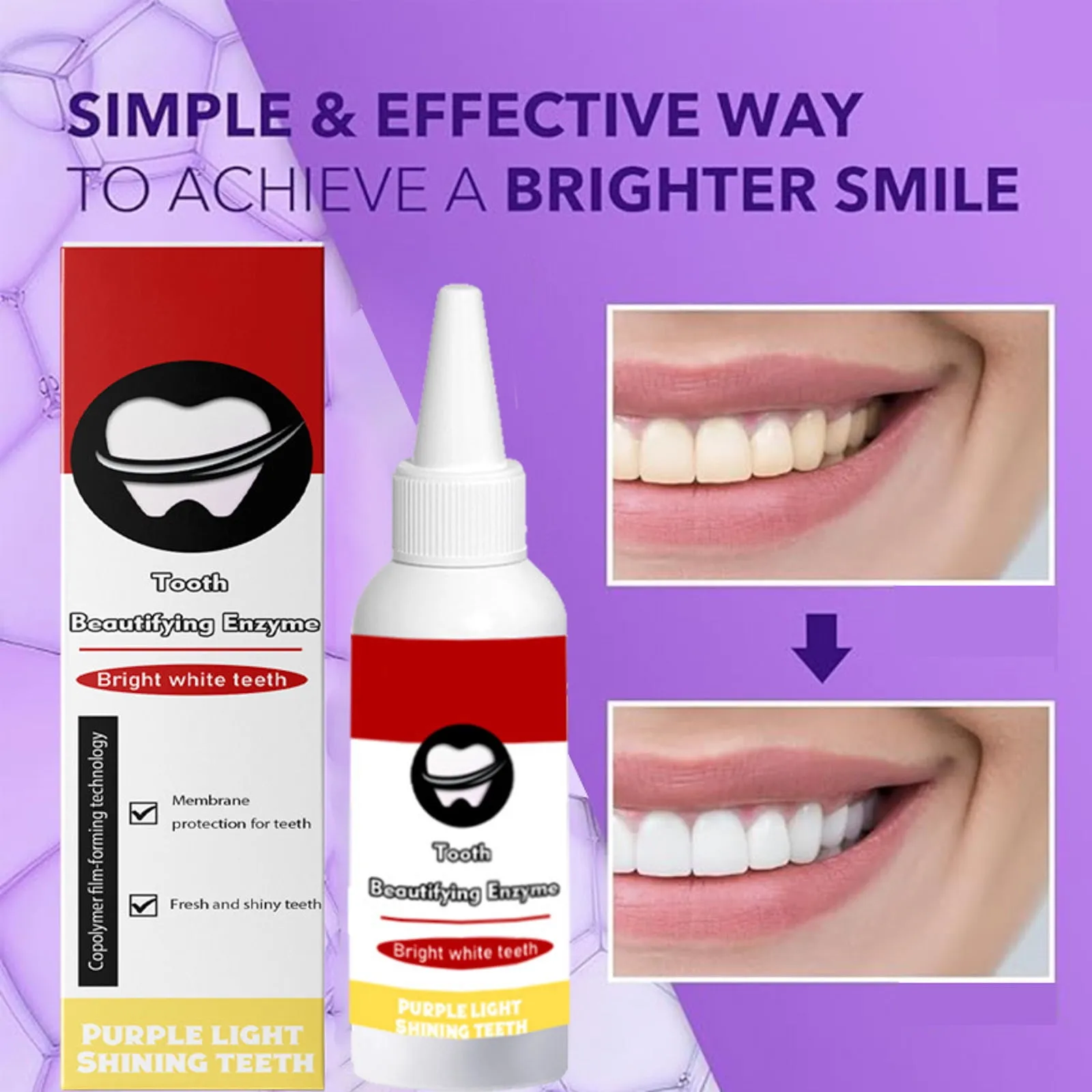
The primary advantage of custom tray systems is their effectiveness. Because of the custom fit, they can whiten teeth more evenly and achieve significant results. The professional guidance and the higher concentrations of whitening agents available can lead to a more substantial improvement in tooth shade. On the downside, custom tray systems tend to be more expensive than other home whitening methods, as they involve a visit to the dentist. Some users may experience tooth sensitivity or gum irritation. However, the personalized approach allows for adjustments to the treatment plan to minimize side effects. It is a highly effective option for people seeking significant whitening improvements.
Whitening Method 5: Activated Charcoal
Activated charcoal has gained popularity as a natural teeth whitening remedy. It is a fine, black powder made from various sources, such as coconut shells or wood, that has been treated to increase its absorbency. The idea is that activated charcoal can absorb stains and impurities from the teeth, resulting in a brighter appearance. This method is often preferred by those seeking natural alternatives to chemical-based whitening treatments. While it’s easy to find and use, it’s crucial to understand its potential effectiveness and safety before incorporating it into your oral hygiene routine.
How Activated Charcoal Works
Activated charcoal is believed to work through adsorption, the process by which it attracts and binds to substances. The porous nature of the charcoal allows it to trap stain molecules and remove them from the surface of the teeth. When brushed on the teeth, activated charcoal helps to remove surface stains, such as those caused by coffee, tea, or tobacco. However, it does not chemically alter the teeth or penetrate the enamel to remove deeper stains. Its effectiveness is primarily limited to removing surface-level discoloration, making it less effective than other methods for significant whitening.
Risks and Considerations
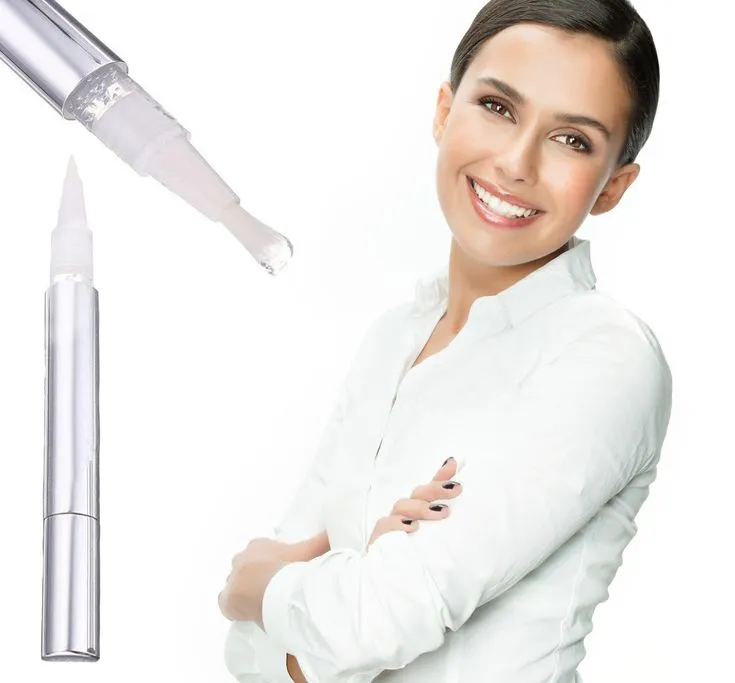
While activated charcoal is considered safe by some, it does come with potential risks and considerations. The abrasive nature of the charcoal can potentially damage the enamel over time if used aggressively or frequently. This can lead to increased tooth sensitivity and even dental problems. Also, there is limited scientific evidence supporting the effectiveness of activated charcoal for teeth whitening. Some studies show no significant difference in tooth shade compared to regular brushing with toothpaste. If you choose to use it, do so cautiously and consider consulting your dentist. Avoid excessive pressure when brushing to minimize the risk of abrasion, and stop use if any signs of sensitivity or damage appear.
Comparing Home Teeth Whitening Methods
Comparing home teeth whitening methods requires considering several factors, including effectiveness, convenience, cost, and potential side effects. Whitening toothpastes are the most affordable and easy to incorporate into daily routines, though they offer the least dramatic results. Whitening strips provide a good balance of effectiveness and convenience, making them a popular choice. Whitening pens are suitable for touch-ups and on-the-go use but may not deliver significant whitening. Custom tray systems, while more expensive, offer the most effective and personalized approach, often with significant improvements. Activated charcoal is a natural option, but with limited evidence of effectiveness and potential risks. Selecting the best method depends on your individual needs, preferences, and the severity of your tooth discoloration.
Factors to Consider When Choosing a Method
When selecting a home teeth whitening method, several factors should guide your decision. Assess your current tooth shade and desired level of whitening; this helps determine whether you need a subtle improvement or a more dramatic change. Consider your budget, as prices vary significantly between different methods. Evaluate your tolerance for potential side effects, such as tooth sensitivity or gum irritation, as some methods may cause more sensitivity than others. Research the active ingredients and their concentrations in the products you are considering. If you have sensitive teeth or specific dental conditions, consult with your dentist for recommendations. Always follow the product instructions carefully and be patient, as results often take time to appear. Proper consideration will help you achieve your desired results safely and effectively.
Safety Precautions and Potential Side Effects
Teeth whitening can be a safe procedure when done correctly, but it is crucial to be aware of potential side effects and safety precautions. The most common side effects include temporary tooth sensitivity and gum irritation. To minimize these effects, use products as directed, avoid over-whitening, and consider using a toothpaste designed for sensitive teeth. If you experience severe discomfort, discontinue use and consult your dentist. Certain individuals, such as those with existing dental work, gum disease, or sensitive teeth, may not be ideal candidates for teeth whitening. Always consult your dentist before starting any whitening treatment, and inform them of any medications you are taking. They can provide personalized advice and help ensure a safe and effective whitening experience.
Maintaining Your White Smile
Maintaining your white smile requires a combination of good oral hygiene practices and lifestyle choices. After teeth whitening, it is important to avoid foods and drinks that can stain your teeth, such as coffee, tea, red wine, and dark berries. Brush your teeth at least twice a day with a whitening toothpaste and floss daily to remove plaque and prevent new stains. Regular dental check-ups and cleanings are essential to maintain your oral health and remove any surface stains. Consider using a whitening pen or touch-up treatment periodically to maintain the brightness of your smile. Following these simple guidelines can help you enjoy the benefits of your whitening treatment for a long time.
Tips for Long-Term Teeth Whitening
To achieve long-term teeth whitening success, several strategies can be employed. Minimize the consumption of staining foods and beverages, or use a straw when drinking beverages like coffee or soda. Quit smoking, as smoking significantly contributes to tooth discoloration. Use a whitening toothpaste or mouthwash regularly to help maintain your results. Schedule professional dental cleanings every six months to remove surface stains and maintain your overall oral health. Consider using a take-home whitening system for periodic touch-ups. Consistent and diligent oral hygiene, combined with these tips, will help you enjoy a brighter, more confident smile for years to come.
